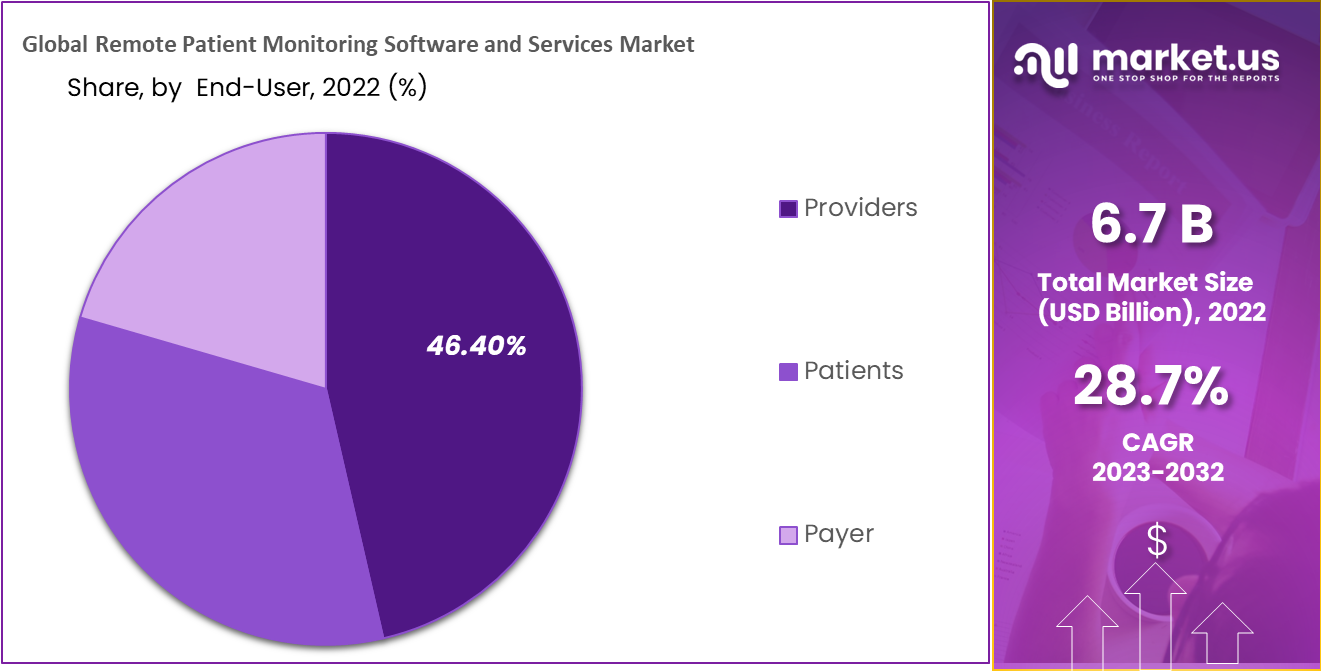The Future of Healthcare: Remote Individual Keeping Track Of Streamlined
As healthcare continues to develop, one location that holds tremendous promise is remote client tracking. The idea of streamlining this procedure via technological innovations is reshaping the way care is provided and obtained. With a focus on improving person end results and improving health care shipment, remote surveillance is positioned to transform the market. By discovering the advantages, technical technologies, and future fads in this area, we can gain important insights into the transformative capacity of remote individual surveillance.
Advantages of Remote Client Surveillance
Remote client monitoring provides a wide range of benefits for both doctor and individuals alike. One substantial advantage is the ability to constantly keep an eye on clients' vital signs and wellness information remotely. This real-time monitoring makes it possible for doctor to spot any worrying patterns or changes immediately, resulting in very early interventions and possibly stopping medical emergencies. In addition, remote individual monitoring improves the overall high quality of treatment by offering a more all natural and extensive view of individuals' health condition past conventional in-person visits.
Moreover, remote patient surveillance can lead to enhanced client end results and contentment. Remote tracking can decrease the demand for frequent health center check outs, decreasing healthcare costs for both clients and service providers.
Innovation Driving Remote Surveillance
In the realm of modern-day medical care, technological improvements play a crucial function in driving the development and effectiveness of remote individual surveillance. The integration of innovative technologies such as wearable gadgets, mobile applications, and cloud-based platforms has actually changed the method doctor remotely manage and keep an eye on client health and wellness - remote patient monitoring software. These modern technologies enable constant real-time surveillance of vital indications, drug adherence, and other important health information, permitting timely interventions and individualized care plans
One secret modern technology driving remote surveillance is the Internet of Things (IoT), which makes it possible for seamless connectivity between clinical tools and healthcare systems. IoT gadgets such as smartwatches and cordless sensing units transfer and collect individual information to central systems, helping with remote tracking from throughout the globe. Expert system (AI) and device discovering algorithms additionally improve remote surveillance by assessing substantial amounts of patient data to discover patterns, anticipate health and wellness patterns, and sharp medical care service providers to prospective problems.
Effect on Health Care Distribution
With the assimilation of advanced modern technologies driving remote person surveillance, the influence on health care shipment is ending up being transformative and increasingly extensive. Remote individual tracking enables doctor to provide more tailored and aggressive care to clients, resulting in boosted wellness end results and reduced medical facility admissions. By remotely tracking important indications, symptoms, and medicine adherence, health care specialists can step in early, avoiding complications and boosting the general quality of treatment.
Moreover, remote surveillance enhances accessibility to healthcare solutions, particularly for people in rural or underserved areas. Patients can get continuous tracking and assistance from their homes, getting rid of the demand for regular in-person brows helpful site through. This not just conserves time and minimizes costs for both people and medical care centers however also decreases the danger of direct exposure to infectious conditions, an essential consideration in the current health care landscape.
Additionally, remote client surveillance makes it possible for doctor to better designate sources and focus on treatment based upon real-time data. By determining risky people and intervening quickly, health care distribution becomes much more reliable and reliable, ultimately resulting in a much more lasting and patient-centered medical care system.
Improving Client Results

Additionally, RPM enables aggressive administration of chronic conditions, minimizing the probability of severe exacerbations and healthcare facility readmissions. Individuals profit from enhanced benefit and comfort, as they published here can obtain treatment in their very own homes while staying linked to their doctor. This continuous surveillance not just improves patient satisfaction but additionally promotes a sense of empowerment and involvement in their own wellness management.
Future Trends in Remote Surveillance
Accepting sophisticated technologies in remote individual monitoring is shaping the future landscape of health care distribution. One significant pattern is the boosted usage of wearable devices and sensors to gather real-time information, enabling healthcare suppliers to check patients constantly without the requirement for constant in-person visits.

Moreover, telehealth platforms are becoming extra innovative, enabling virtual consultations, remote diagnosis, and remote person keeping track of done in one integrated system (software for remote patient monitoring). This alternative technique to remote surveillance is streamlining healthcare delivery, improving individual contentment, and inevitably, boosting total quality of treatment
Verdict
Finally, remote individual tracking provides various advantages in health care delivery, driven by advancements in modern technology. It has the possible to boost individual results and reinvent the method healthcare is delivered. Future trends in remote surveillance will certainly proceed to shape the landscape of healthcare, giving possibilities for even more individualized and effective patient treatment.
Remote individual monitoring presents a plethora this hyperlink of advantages for both healthcare companies and patients alike. In addition, remote person surveillance improves the overall top quality of care by providing an extra detailed and holistic view of individuals' wellness status beyond standard in-person visits.
Furthermore, remote individual surveillance can lead to better individual results and complete satisfaction. Remote client tracking permits medical care providers to provide more positive and customized treatment to individuals, leading to enhanced health and wellness end results and decreased health center admissions. Remote client surveillance (RPM) plays a significant function in boosting client results by giving continuous, real-time information that makes it possible for healthcare companies to step in promptly and adjust treatment strategies as required.
Comments on “Leading Remote Patient Monitoring Platform: Advanced Qualities and Benefits”